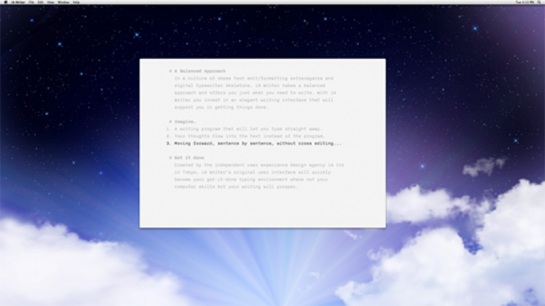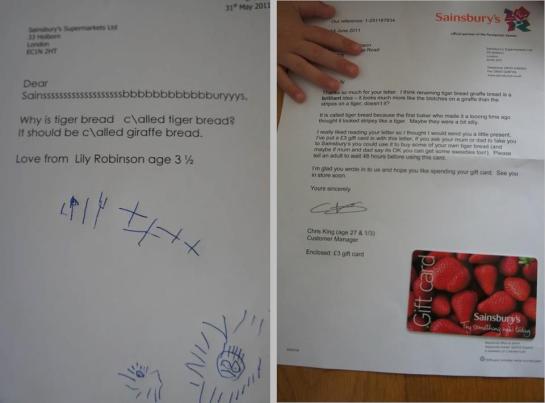This blog has been a tad neglected as my spare time has been eaten up by completing a short story I wanted to put out on the Kindle. In this post, I want to reflect on
a. The importance of self-publishing platforms in the realm of creativity
b. My own experiences with working with the Kindle platform
Before we get into it, here is the title in question.

If you decide to read it, thank you. In itself the story is about my main passion – the power of creativity in every individual. Here is the synopsis:
One Tuesday evening, 143 people find themselves on board a subway train from East Tsim Sha Tsui Station to Central Station on Hong Kong Island. As the train hurtles through the tunnel, a freak power surge causes the lights in the train to flicker in a bizarre, random sequence, inducing epileptic seizures in all 143 passengers. When they wake up, they have all been transformed.
I planned the draft in Literature and Latte’s Scrivener. For long form text, Scrivener is unbeatable. You can divide text up into several layers of nesting and easily move concepts, chapters and sections around. Version control on different sections is also a breeze.

Once I had the basic structure on the cork board, I used iA Writer to write the raw text for the different sections. In this phase of writing, I write really fast, without thinking too much. I just want to get the ideas on the page as quickly as possible. And really, for distraction free writing and simplicity – nothing beats this beautifully designed piece of software. It works on the iPad and on the Mac too and unlike Apple’s own iWork packages, allows you to switch effortlessly from device to device on the same document. Whilst in this phase, I was switching between a MacBook Air (trains, planes and coffee shops), an iMac (at home) and an iPad (bouts of insomnia).

Each time I finished a section, I pulled the text back into Scrivener to populate the cork board.
Once I had a workable draft, I uploaded a version on Google Docs where I had some very good friends helping me with proofing and suggested edits. About five eagle-eyed (I hope!) readers commented and often debated merits of lines of copy in the manuscript. Google Docs’ commenting feature really is amazing for this type of application.

I went through two rounds of crowd sourced proofing. After the first round, I simply pulled the edited Google Doc back into Scrivener and rebuilt a brand new draft with the new copy. With Scrivener’s split pane function, this was pretty easy and really useful to compare versions. In each instance, I backed up .rtf copies of the manuscript in a special folder within the Scrivener project.
Once I had the manuscript done, we got to the hard part. Preparing the text for Kindle.
The way it works is not exactly consumer friendly. Kinde relies heavily on html formatting, so if you are comfortable with markup language you could probably prepare the book file yourself.
To understand how that works, and for deciding on what to include in this length of manuscript, I looked to screen writer John August’s posts on the matter. His post on publishing The Variant was pretty useful.
I decided I wanted a heavily stripped down book file. No table of contents needed (10’000 words only) and no images.
Scrivener itself offers a conversion to the kindle .mobi book file format using the Amazon command line editor (which you have to download – for free – from the Amazon site and then simply tell Scrivener where it is on your drive). In any event, this tutorial was incredibly useful.
I experimented with a few different compilation settings and eventually got to something that seems close to what I wanted.
The actual upload and publishing process could not be simpler. If you already have an Amazon account, you can easily sign up for the KDP programme and get your work out there.
And this is where I get to reflect on the power of this type of platform. In the pre-internet age of publishing, it was pot-luck to publish and achieve success with your work. Now, it will be the power of the market to decide what works and what doesn’t. No talent now needs to remain undiscovered. The only thing you need to have your ideas out there, is an internet connection.
As an experiment, I will also make the story available on Apple’s iBooks store in the coming days. Having just begun to convert the text using the new iBook Author, the differences are already apparent. Apple’s made a very consumer friendly product. What you see is what you get. No weird formats or surprises when you compile.
(If you don’t have access to the Kindle and you’d like to read the story, contact me and I can make an epub version available to you.)





